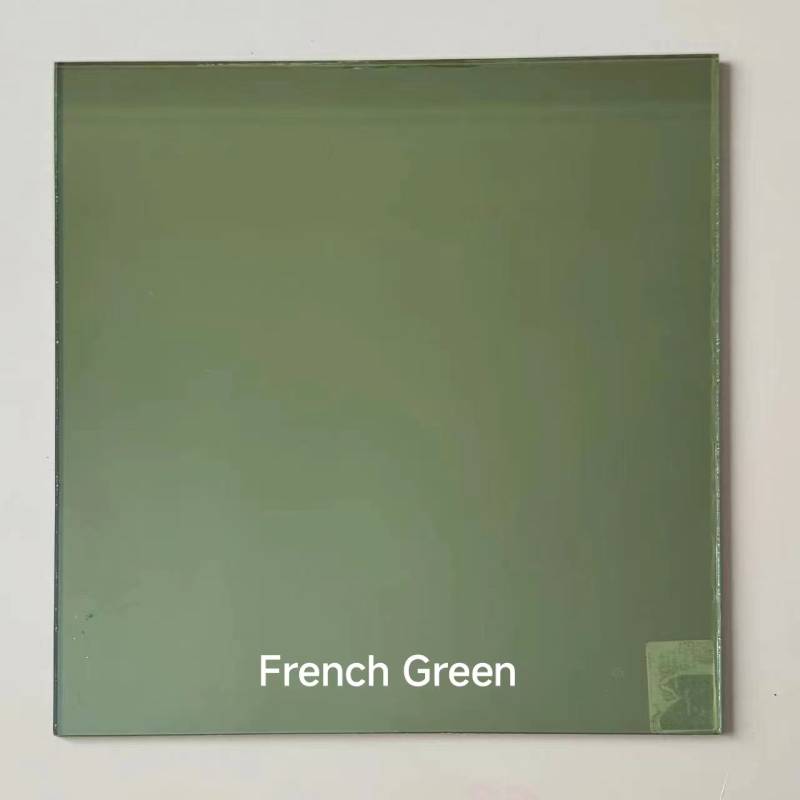

The Current Market Overview of 6mm Float Glass Prices
Float glass, known for its flatness and optical clarity, is a crucial material in various industries, including construction, automotive, and furniture. Among the different types of float glass, 6mm float glass is widely used due to its balance of strength and weight. Recently, fluctuations in the pricing of 6mm float glass have become a focal point for manufacturers, builders, and investors. In this article, we will analyze the factors influencing the price of 6mm float glass, current market trends, and future predictions.
Factors Influencing Prices
Several key factors contribute to the pricing of 6mm float glass
1. Raw Material Costs The primary raw materials for float glass production are silica sand, soda ash, and limestone. Prices of these raw materials can vary due to factors such as mining restrictions, natural disasters, or changes in mining regulations. An increase in the input costs for these materials often leads to a direct increase in glass prices.
2. Energy Costs The production of float glass is energy-intensive. The price of energy—especially natural gas and electricity—significantly impacts production costs. If energy prices rise due to geopolitical tensions or regulatory changes, manufacturers are likely to pass those costs onto consumers, thus elevating glass prices.
3. Demand and Supply Dynamics The market for float glass is subject to the classic principles of supply and demand. For instance, a surge in construction activities can lead to higher demand for 6mm float glass, which in turn can drive up the prices. Conversely, an oversupply in the market may lead to a reduction in prices as manufacturers compete for sales.
4. Technological Advancements Innovations in manufacturing processes can lead to cost reductions and improved quality. Companies that adopt new technologies may reduce production costs, thereby affecting the overall market pricing for 6mm float glass.
5. Regulatory Factors Compliance with environmental regulations and industry standards can also influence prices. Stricter regulations often necessitate investment in cleaner technologies, which can increase costs for manufacturers and subsequently affect product prices.

Current Market Trends
As of mid-2023, the price of 6mm float glass has experienced notable fluctuations. Reports indicate that after a sharp increase in prices in 2021 due to post-pandemic recovery in the construction sector, there has been a realignment in market prices as supply chains stabilize. However, recent geopolitical tensions and rising energy costs have added volatility to the market.
Industry experts have noted that prices for 6mm float glass have stabilized but are still on a watch list for potential hikes as energy prices remain unpredictable. Additionally, increased demand for energy-efficient solutions and sustainable building materials continues to propel the float glass market, making it essential for manufacturers to adapt quickly to changing market conditions.
Future Predictions
Looking ahead, the future of 6mm float glass prices seems mixed. On one hand, ongoing construction booms in emerging markets and the revival of the real estate sector in developed countries are likely to sustain demand. On the other hand, if energy costs continue to rise and raw materials become scarce, manufacturers might be forced to increase prices further, which could lead to a slowdown in demand.
Moreover, companies are increasingly focusing on sustainability, which could change the dynamics of the float glass market. Innovations like recycling used glass and incorporating eco-friendly materials may lead to cost reductions in the long term, positively impacting the pricing structure.
Conclusion
In summary, the pricing of 6mm float glass is influenced by a complex interplay of raw material costs, energy prices, market demand, technological advancements, and regulatory frameworks. While recent trends indicate some stabilization in the market, external factors could lead to further fluctuations. Understanding these dynamics is crucial for stakeholders in the industry to make informed decisions. As the demand for glass continues to grow, especially in the context of sustainable development, the market for 6mm float glass remains a critical area to watch in the coming years.